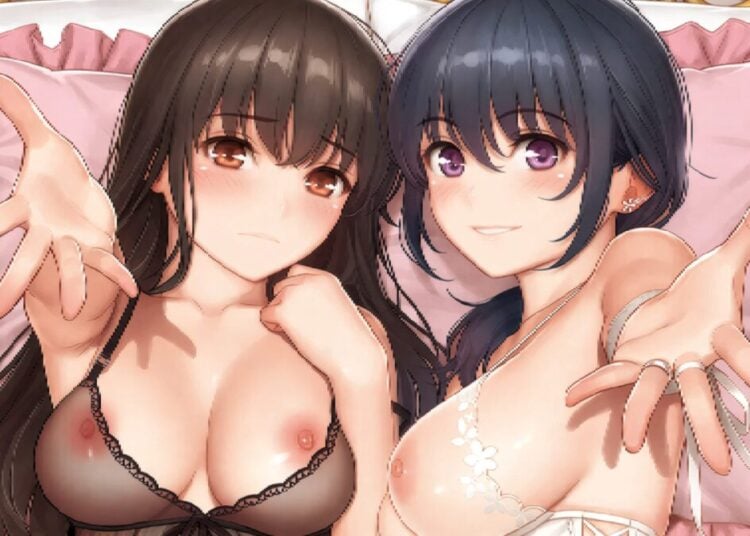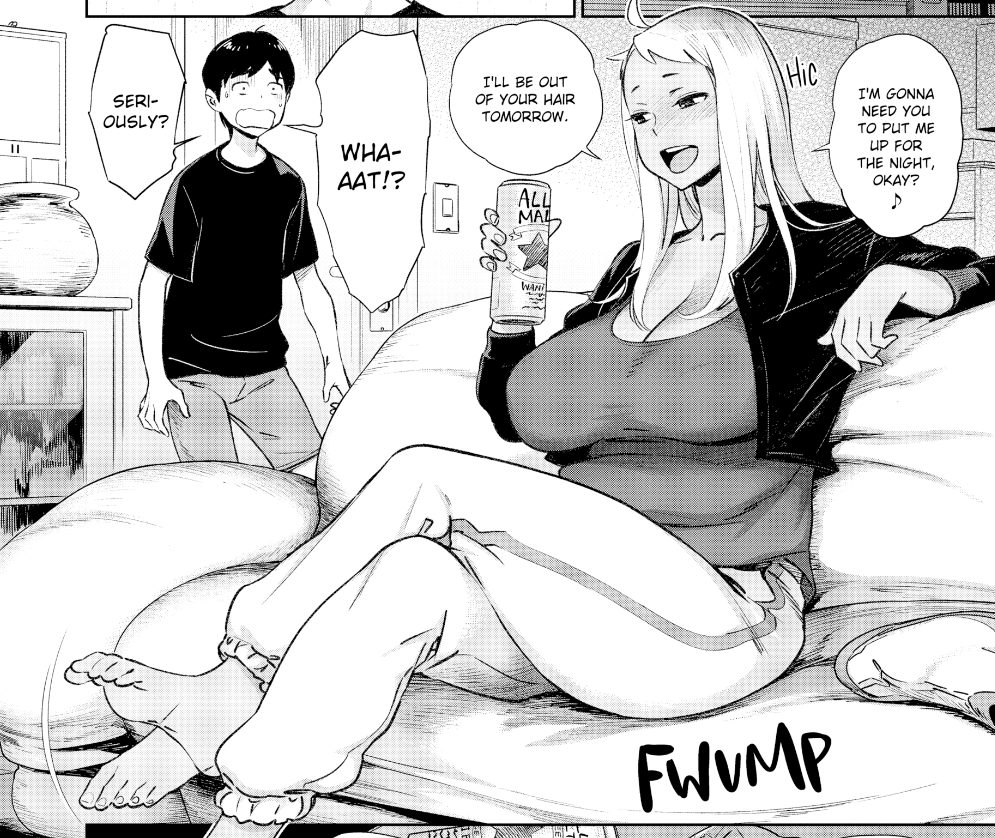
Moekana 2nd Edition – Learn Hiragana with Mirai-chan
J-List loves to help you get closer to Japan, and have always carried popular Japanese study and culture books to help our customers learn Japanese. While putting a lot of effort into learning nihongo is fun and rewarding, it’s also perfectly acceptable to just get the basics down so that you can enjoy anime, manga, and games on a deeper level. But no matter how much Japanese you want to master, it all starts with hiragana and katakana, and you can learn them with these Moekana flashcards! And this weekend only, they’re on sale!
The cards are great, a full deck of 56 cards that present all the characters to you, with both hiragana and katakana printed on each card, along with kawaii illustrations allowing Mirai-chan to demonstrate the sample vocabulary words for you. Learning by associating that image — say, Mirai-chan rushing to school with a piece of toast in her mouth to teach you the word あさ asa, meaning morning, along with the kana あ — is a great way to tackle memorization of Japanese. The Moekana flashcards make it easy (and cute) to learn Japanese!
In addition to the basic cards, each Moekana pack includes overview cards showing the pronunciation of each character in English, which were originally released as a separate booster pack but which are included in this edition.
Japanese uses three writing systems, which are
- Hiragana (ひらがな), literally “flowing characters” which are used to express simpler words and grammatical particles. Originally developed as a writing system for females to use, today it’s based as the basic building block of expressing all sounds in writing.
- Katakana (カタカナ), literally “blocky characters” which used to be a “male” syllabary used by the warrior class, but in modern Japanese is used for foreign words like キャラクターデザイナー (character designer) or パンツ pantsu.
- Kanji (漢字), the ideograms imported from China around the 6th century. Kanji is used for expressing core vocabulary words, like 水 mizu (water) or 空 sora (sky). Kanji can be connected to make more complex words, like 水道 suidou, a water pipe, or 空気圧縮機 kuukiasshuki, an air compressor.
If you’re a student of the language, also check out my long article giving my advice on how to succeed at learning Japanese. If you want more info on how kanji works, here’s an article on kanji names in Japan.
This weekend only J-List is having a 6x Point Sale on all Japanese study and culture products, including these Moekana flashcards. Make sure to pick up a set during our sale!
















